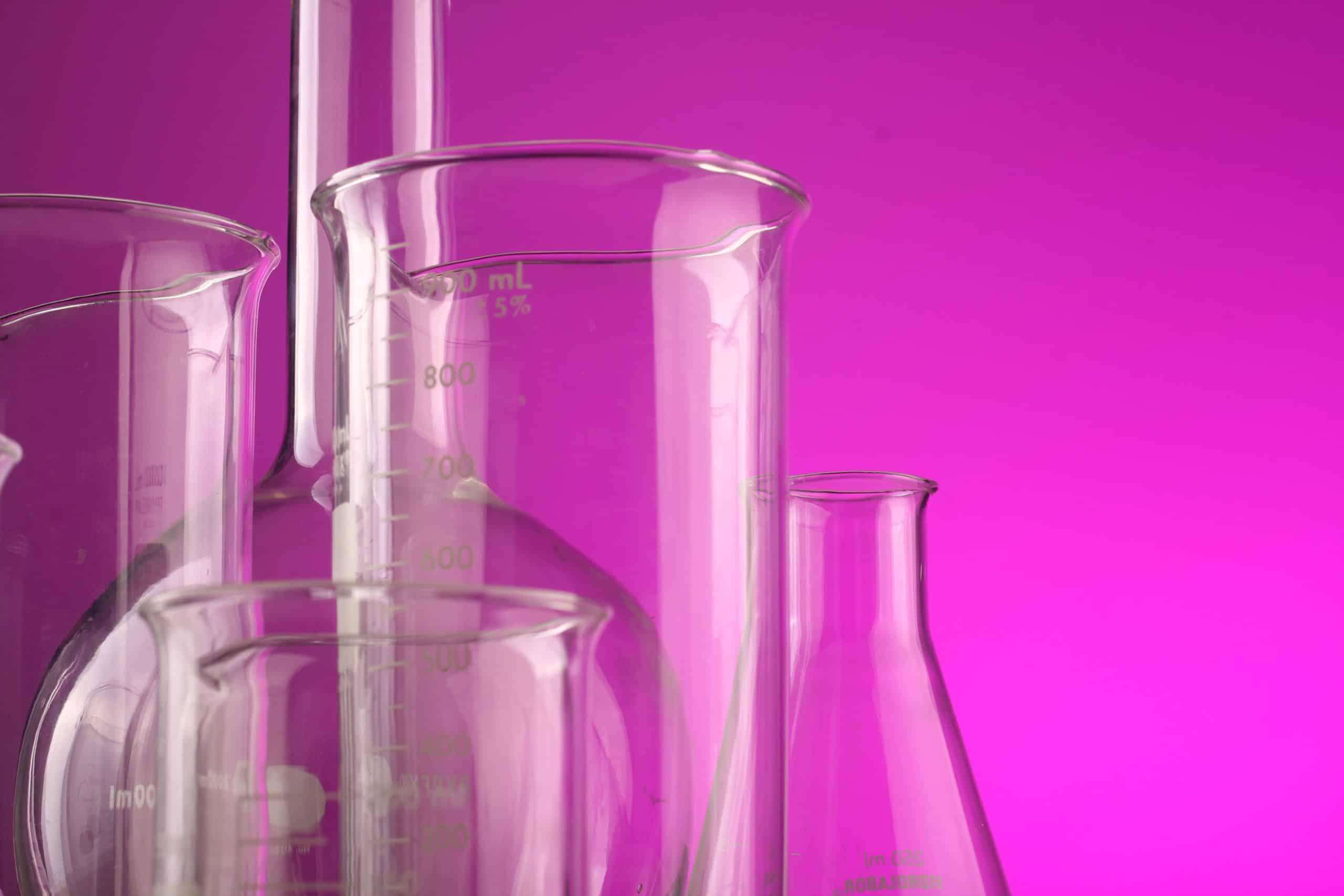Spending time together in your spa can be a great way to get in quality family time. For possibly the first time all day, every single family member leaves their electronic devices behind and focuses on each other. Talking, laughing, playing games—whatever you do, one thing is sure to occur: family bonding! Your kids will love family hot tub night, and besides that, your spa can be a great learning experience for them as well. Though hot tub maintenance is designed to be as effortless as possible, it still gives you a chance to spark interest in science and even give them a leg up on their classes.
pH
You’ll be hard pressed to find a kid who doesn’t want to “help” you test the pH levels of your spa. Taking a sample of water, dipping a test strip in it, shaking the strip until, almost by magic, it changes color: this is the kind of experiment that introduces kids to science and the fact that it can be fun. In case it’s been a while since your own 8th grade Chemistry class, here’s a little refresher so you’ll be ready when your child says, “What’s the big deal about pH?”
This is the test that measures how acidic your water is using a scale from 0-14. Pure water is a 7 on the scale. A higher number is more basic and a lower number is more acidic. Too low of a pH and the acidity of the water can irritate your skin, cause swimwear and accessories to break down faster than normal, and corrode your hot tub. Too high of a pH and you’re likely to get itchy skin and see cloudy water and scale build up at your water line.
The range you’re shooting for is 7.2-7.8 with 7.4-7.6 being the optimal goal. You’d think your clean water coming out of your hose would be right around a 7, but it varies greatly depending on where you live. You want to check your spa’s pH weekly and modify accordingly.
Chlorination
Like it or loathe it, we all can recognize that classic chlorinated pool smell. But did you know that smell we all associate with swimming pools and hot tubs is not from the actual chlorine itself? Chlorine, while a champ at killing bad bacteria, doesn’t do its work alone. It’s not until it meets the hydrogen and oxygen in water that the magic happens. A compound called hypochlorous acid forms. When the hypochlorous acid meets bacteria in the water, chloramines are formed. While all of this is completely safe, chloramines do have one side effect you might find annoying. They’re smelly! And they are completely responsible for that classic swimming pool/spa smell we all know.
Contaminates
Sunscreen, fabric softener, leaves, even the soap on our skin all affect the condition of our spa water. This is why after a party with many guests using your hot tub, you’ll notice your water needs treated soon after. As these contaminants change the pH of your hot tub, make the water cloudy, or leave behind a film, you’ll have a chance to explain how they affected the water and what steps you’ll take to fix it. Before you know it, you’ll have a kid whose not only ready to handle a lot of your water maintenance tasks for you, but one who just might be interested in science!
Got more questions about water care or picking the best system for your hot tub? Contact us!
*A few things to remember about enjoying your spa with your kids: little ones under age 5 are more heat sensitive than the rest of us, so hot tubbing is not for them—yet. And we know this probably goes without saying, but please only let kids have access to water chemicals with adult supervision.


